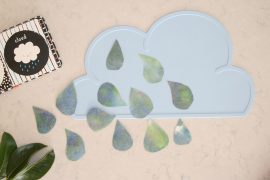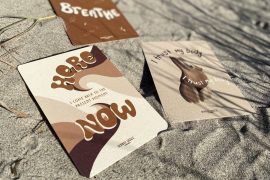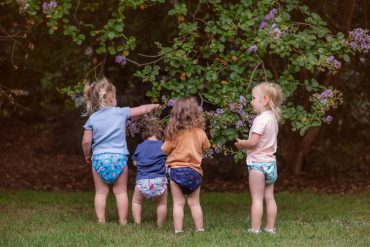My boy has a really long attention span compared to many of his friends and I put this down mostly to lots of free play when he was little. Knowing that feeling of getting in the zone, of diving fully into an activity so that the world just drops away is a skill I really value in my life, and I want him to know that feeling too.
We live in a digital world where the quick dopamine fix of playing on a device is an easy solution to keeping our children entertained.
Making playdough is easy and cheap and won’t take long to make, and if you engage your child, it can keep them occupied for several hours.
Qualities like perseverance, determination and resilience are all bandied about once your child is of school-age and forming your own playdough structures, experimenting, having failures and successes all can support the development of these qualities.
Here’s a recipe for playdough:
2 cups flour
½ cup salt
2 tbsp cream of tartar
2 tbsp cooking oil
1 tsp food colouring
2 cups of boiling water
- Mix all the dry ingredients, then add the oil, then the water and stir straight away, firmly and consistently, until the playdough is well-mixed and pliable.
- Let it cool down before you let your child touch it (warm playdough is fine and is actually really enjoyable!)
Playdough will keep in the fridge for a few days (balled up and in a container that is only just big enough for it, but in these days of COVID-19, you may choose not to keep it after one good session (or divide it up into individual portions before you start). Playdough can go in your compost.
Deborah Hide-Bayne is a writer, photographer, artist and keen amateur cook. She lives in the Coromandel with her husband, son, four chickens, one cat and 20 goldfish. She is the author of Coastal, living the coastal life, cooking for the coastal table. Check out her website here.










